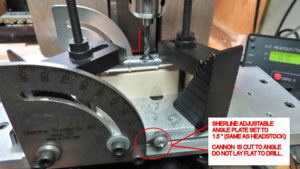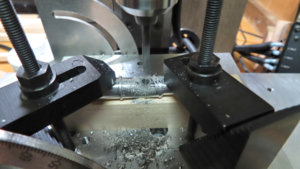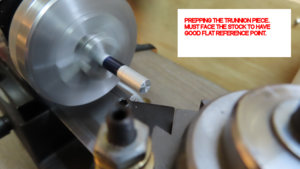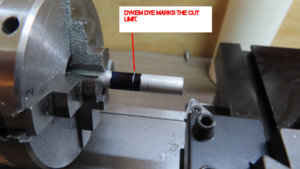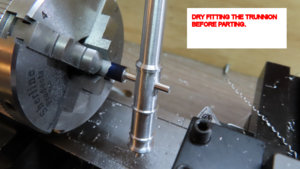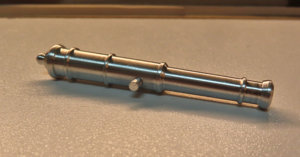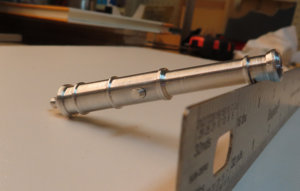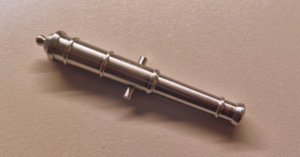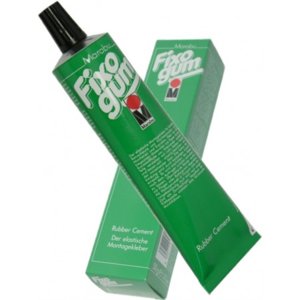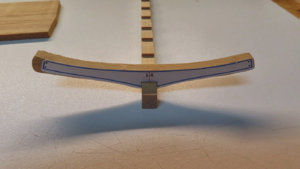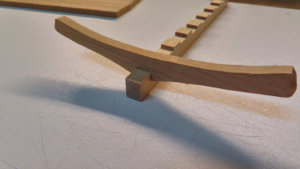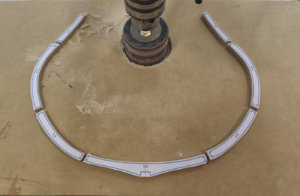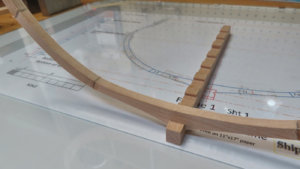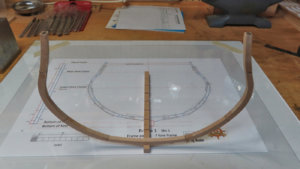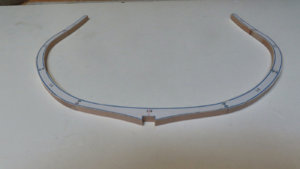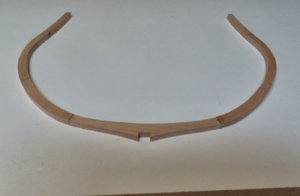Hi Matus,
Only two had to be made. Each one did in like 3 evenings. Not bad as far as time goes - it's all relative. Most all the time spent is setting up for a cut rather than the cutting.
Only two had to be made. Each one did in like 3 evenings. Not bad as far as time goes - it's all relative. Most all the time spent is setting up for a cut rather than the cutting.



